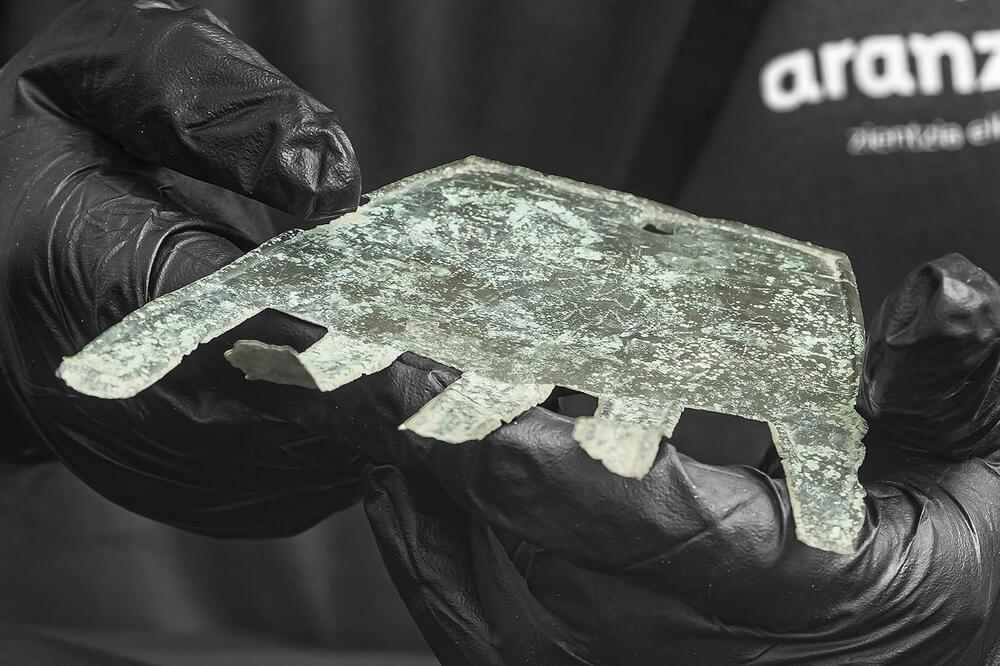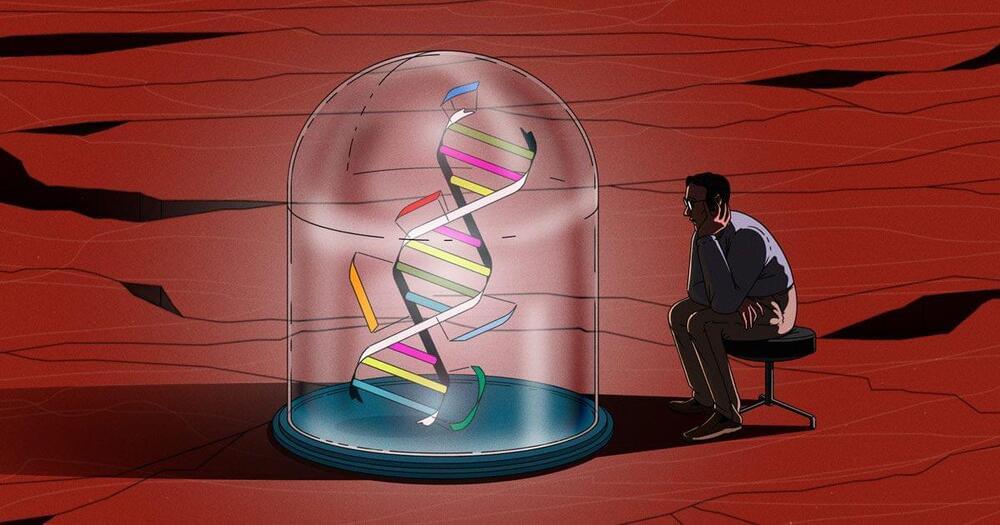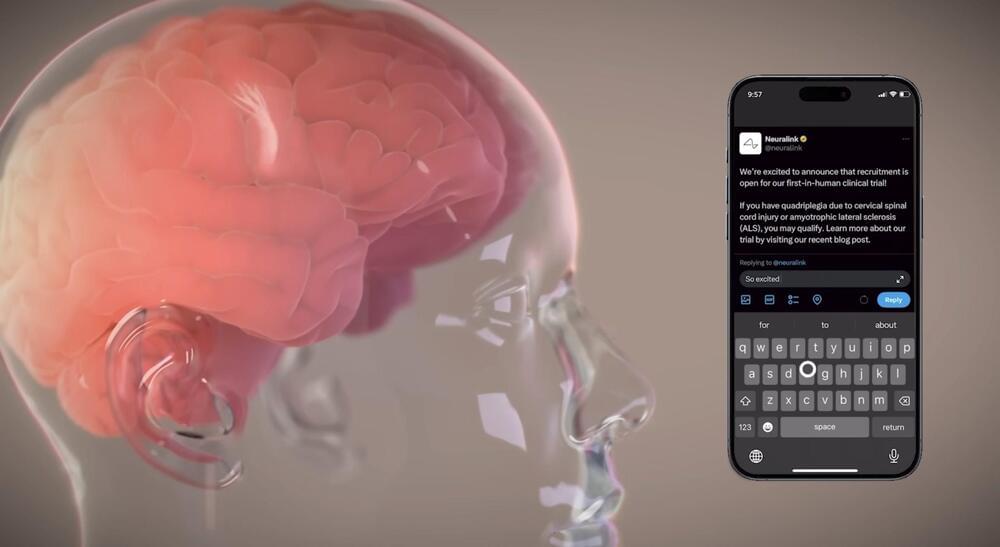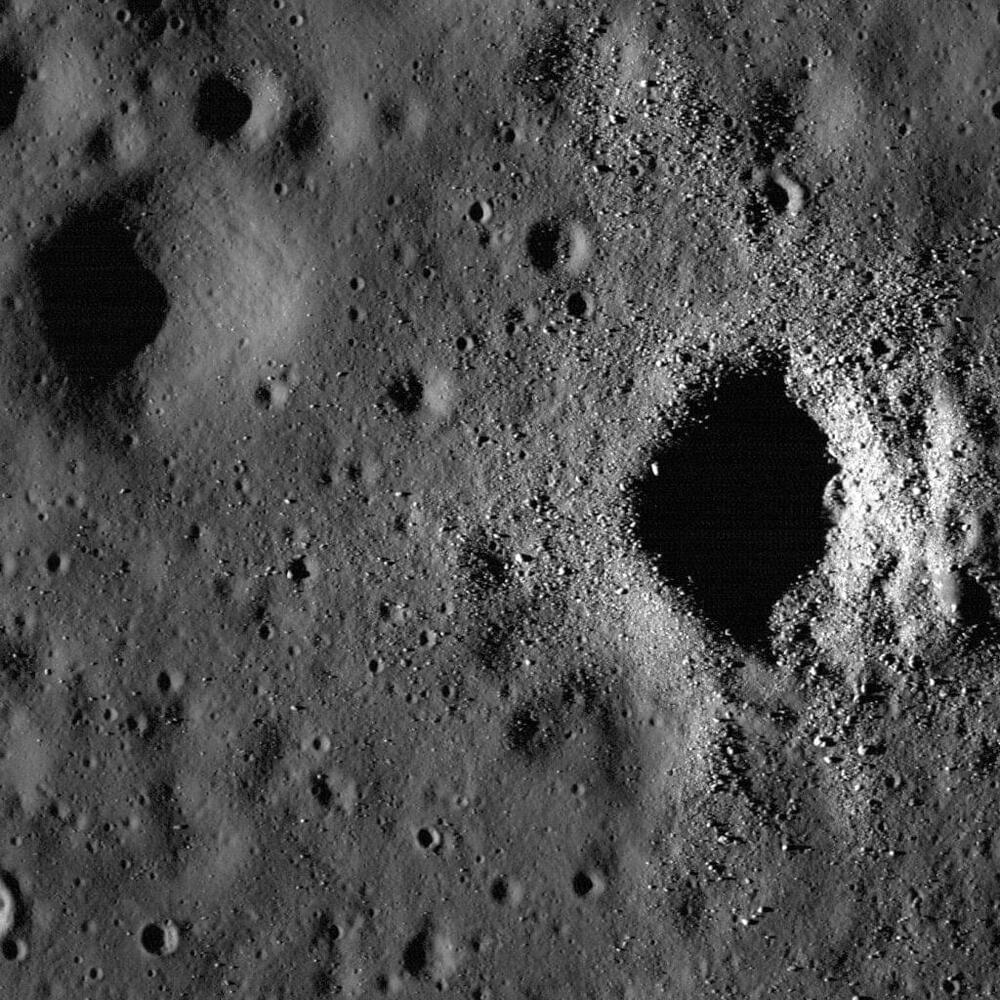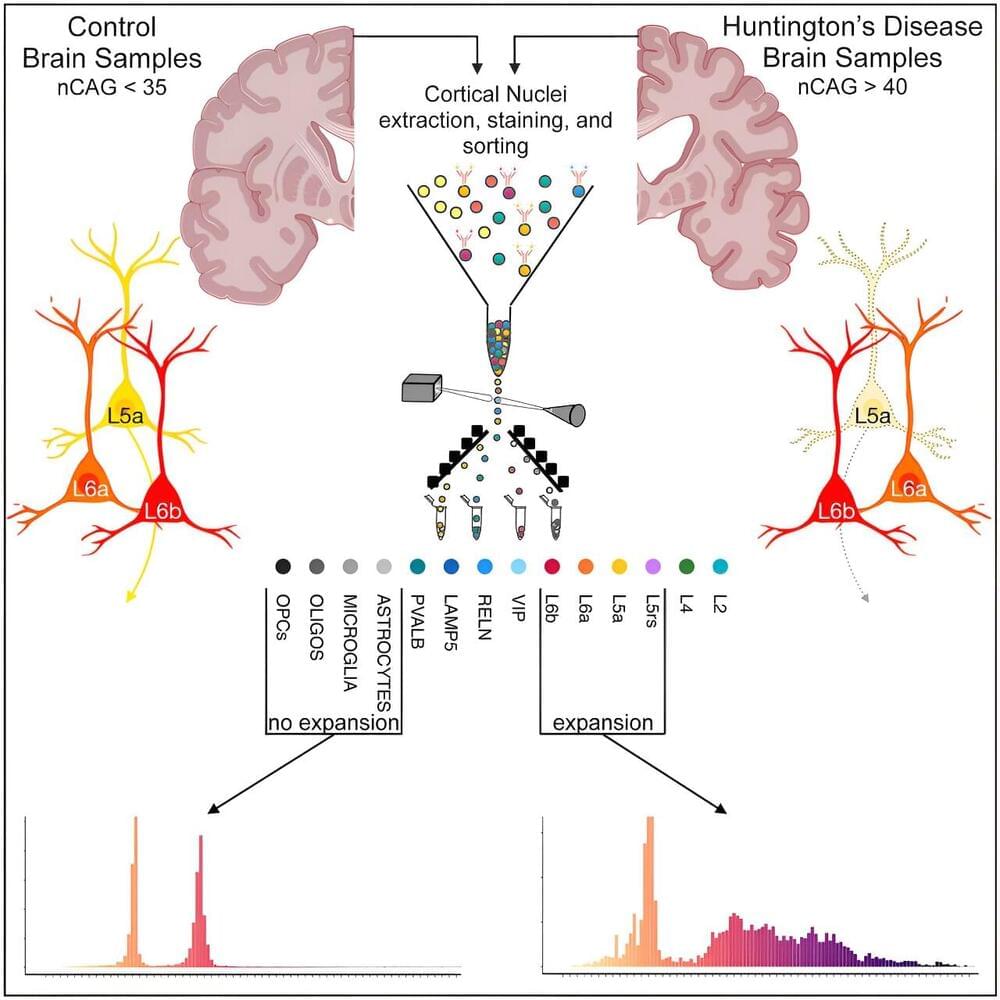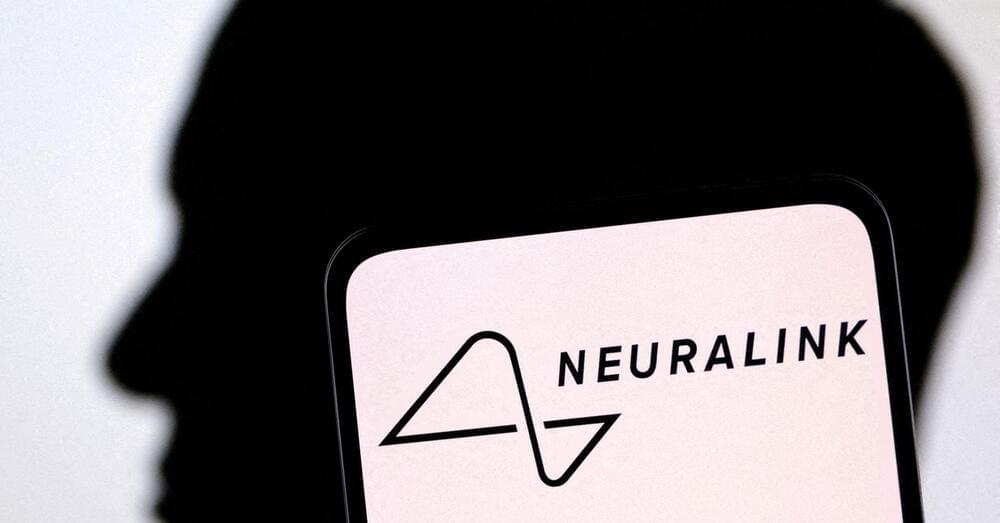UCLA spinout Equatic has developed a carbon removal technology it believes can help the world meet its climate change goals — by converting CO2 in the ocean into seashell dust.
The challenge: To prevent the worst predicted effects of climate change, experts say we need to not only slash our carbon emissions, but also remove and permanently store some of the CO2 that’s already been released.
The ocean does this naturally: it already absorbs about 31% of human-made carbon emissions, but there’s a limit to the amount of CO2 that seawater can absorb before it starts to release the carbon back into the atmosphere. Absorbing CO2 from the air also causes ocean acidification, resulting in further environmental damage.

